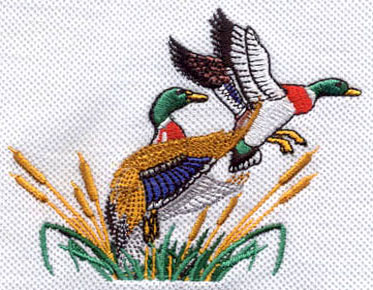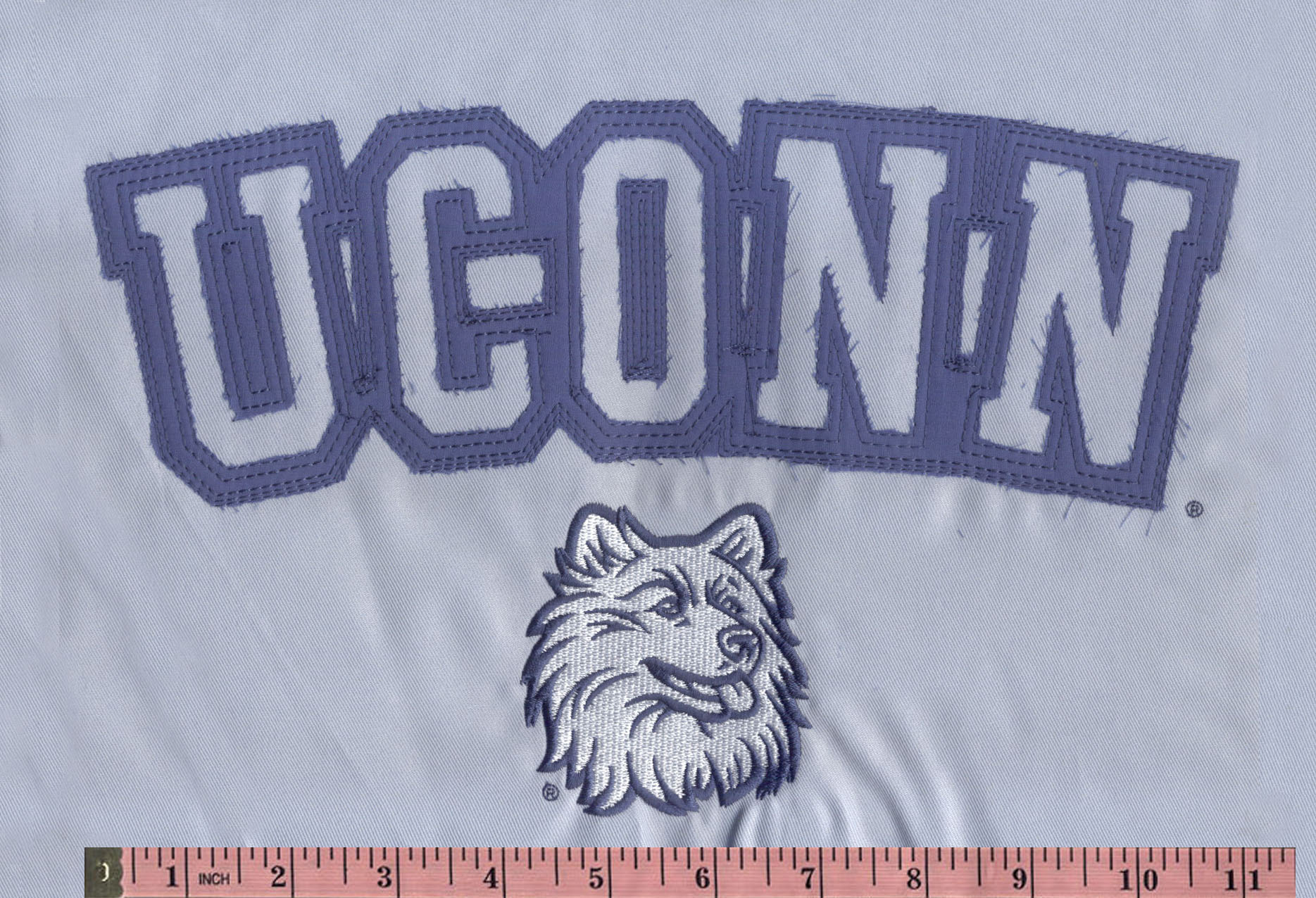Threaded Innovation: The Digital Influence on Fashion Trends in Embroidery
In the ever-evolving landscape of fashion, trends are not just dictated by designers on the runway; they are increasingly shaped by the intersection of technology and traditional craftsmanship. One such fascinating evolution is the digitization of embroidery, a centuries-old art form that has seamlessly woven its way into the fabric of contemporary fashion. In this article, we'll explore the profound influence of digitized embroidery on shaping and redefining fashion trends.
The Fusion of Tradition and Technology:
Embroidery,
with its intricate needlework and diverse stitches, has been an integral part
of textile embellishment for centuries. However, the advent of digitized embroidery has revolutionized the way
designers approach this age-old craft. Digital technology has enabled the
creation of complex and detailed designs that were once unimaginable, blurring
the lines between tradition and innovation.
Personalization and Customization:
One
of the key contributions of digitized embroidery to fashion trends is the
ability to personalize and customize garments like never before. Designers and
consumers alike can now create unique, one-of-a-kind pieces by translating
digital designs into embroidered masterpieces. This shift towards
personalization has not only empowered individuals to express their distinct
style but has also challenged the conventional notion of mass-produced fashion.
Inclusivity and Diversity:
Digitized
embroidery has opened doors to a more inclusive and diverse fashion landscape.
Designers can easily incorporate cultural motifs, symbols, and
heritage-inspired embroidery into their creations, celebrating the rich
tapestry of global fashion. This newfound inclusivity not only fosters cultural
appreciation but also reflects the increasing demand for representation and
diversity in the fashion industry.
Innovative Materials and Techniques:
The
digital revolution has not only impacted the design process but has also
influenced the materials and techniques used in embroidery. Advanced embroidery
machines equipped with digital technology can seamlessly work with a variety of
fabrics, pushing the boundaries of what is possible. From metallic threads to
smart textiles, digitized embroidery has ushered in an era of experimentation
and innovation in materials and techniques, giving rise to entirely new
aesthetics and textures.
Fast Fashion and Sustainability:
As
the fashion industry grapples with concerns about sustainability, digitized
embroidery offers a potential solution. By allowing for precision in design and
reducing material waste, digital embroidery aligns with the growing trend
towards sustainable and eco-friendly fashion practices. This shift towards
mindful consumption is reshaping the industry and influencing the choices made
by both designers and consumers.
The Rise of Embroidery as Art:
Digitized embroidery has elevated the craft to the status of fine art. With the ability to translate digital designs into intricate embroidered patterns, artists are pushing the boundaries of what embroidery can achieve. From gallery exhibitions to high-end fashion collections, digitized embroidery is breaking free from its traditional constraints and finding new avenues for expression.
Conclusion:
In conclusion, the digitization of
embroidery is a transformative force in the fashion industry, influencing
trends, redefining craftsmanship, and fostering a more inclusive and
sustainable future. As technology continues to advance, the marriage of
tradition and innovation in digitized embroidery will
likely play an even more significant role in shaping the aesthetics and
narratives of fashion in the years to come. It's a testament to the power of
embracing technology to enhance and reimagine age-old artistic practices. The
thread that binds tradition and technology is creating a tapestry of fashion
that is both rich in history and forward-looking in its approach.



